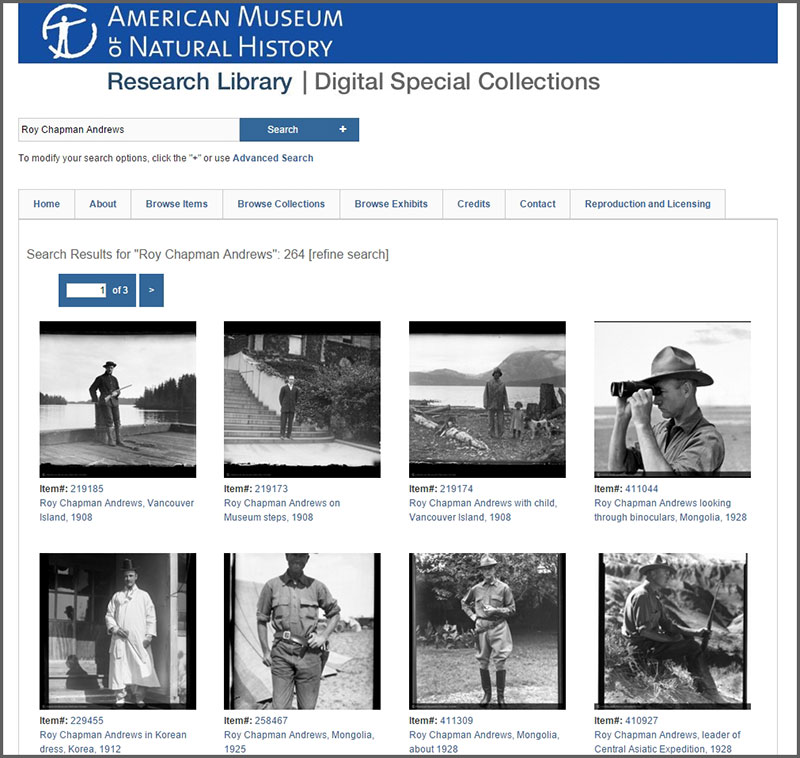Clive Coy
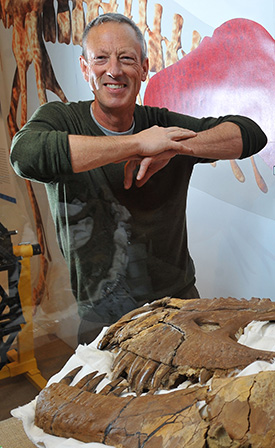 Website: Whales, Camps and Trails
Website: Whales, Camps and Trails
- Profession: Chief Technician, Laboratory for Vertebrate Paleontology, University of Alberta
- Residence: Calgary, Canada
- First Andrews book ever read: In The Days of the Dinosaurs
- Began Collecting Roy Chapman Andrews: 1980
- Number of items in collection: 200+
- Favorite item: Roy’s personal copy of Whale Hunting With Gun and Camera
- Strangest item: A fork I found at the 1923 American Museum of Natural History camp at the “Flaming Cliffs.”
- My favorite “RCA” place visited: The “Flaming Cliffs,” Shabarakh Ussu (“Place of the Muddy-water Well”), Mongolia.
- My favorite book written by Andrews: Across Mongolian Plains


Scientists worldwide marvel at staggeringly massive dinosaur boneyard painstakingly excavated by Alberta Researchers
~National Post
My Connection with Roy Chapman Andrews
Prior to 1980, I was not familiar with the work of Roy Chapman Andrews. It turns out that as a child I had read several of his last books, but it was not until I was an adult, myself immersed in dinosaur hunting, that I became aware of Andrews as leader of expeditions to Mongolia, whaling research in Japan, or collecting trips to China and Korea.
In 1980 my friend, Gerhard Maier, showed me a dog-eared copy of The New Conquest of Central Asia, arguably Andrews’s greatest written work. This official narrative of the expeditions, a hefty 678-page volume, was exciting to hold. The exquisite foldout photo-panoramas of Mongolian scenery excited my imagination; I wanted to know more. What else had Andrews written?
Twenty-five years ago it was not easy to find an answer. None of the local used bookstores in Alberta had books by Andrews, so I began to write to antiquarian book dealers in the United States. I received replies that they did have books by Andrews, and I was able to pick up my first few books for about $10 postpaid.
Most of Andrews’ many magazine articles were impossible to find, and in the beginning I had to make do with poor-quality photocopies obtained from large libraries that had holdings from the 1920s. Over the past decade, I have been able to locate many of the original magazines and enjoy not only Andrews’ highly illustrated articles, but also the cover art and advertising that is so evocative of the period.
Today my collection includes all 22 of his books, all but one in original dust jacket. Seventeen are signed by Andrews, several with letters. I am also fortunate to have obtained many original expedition letters from Andrews and other expedition members, original signed photographs, and ephemeral items such as signed dinner menus.
It has been observed that, when you put enough similar books and related materials together in one place, they take on a life of their own. What begins as simple accumulation, becomes meaningful beyond the sum of its individual parts. Such has been the case for me and the works of Roy Chapman Andrews.
I began collecting Andrews because I enjoyed his unpretentious, quick-paced style. I expanded my collecting interest when I started compiling the first annotated bibliography of his work. Unlike Andrews contemporaries such as William Beebe, a complete listing of Andrews’s work does not yet exist. After 25 years of collecting, I now have more than two hundred entries in my bibliography. Although it seems like I must be ready to publish it, I am nagged by a collector’s doubts that, despite it all, I may have missed something. Thus the work and pleasure of collecting continues.



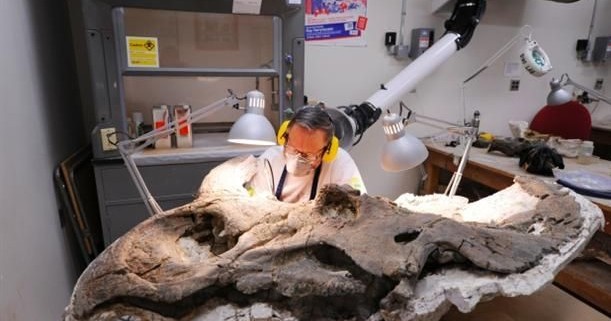
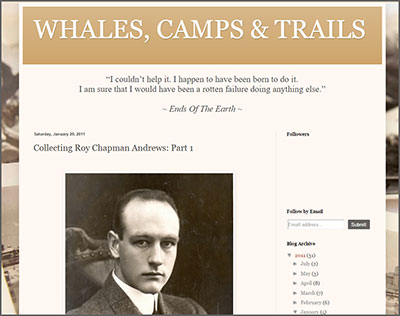
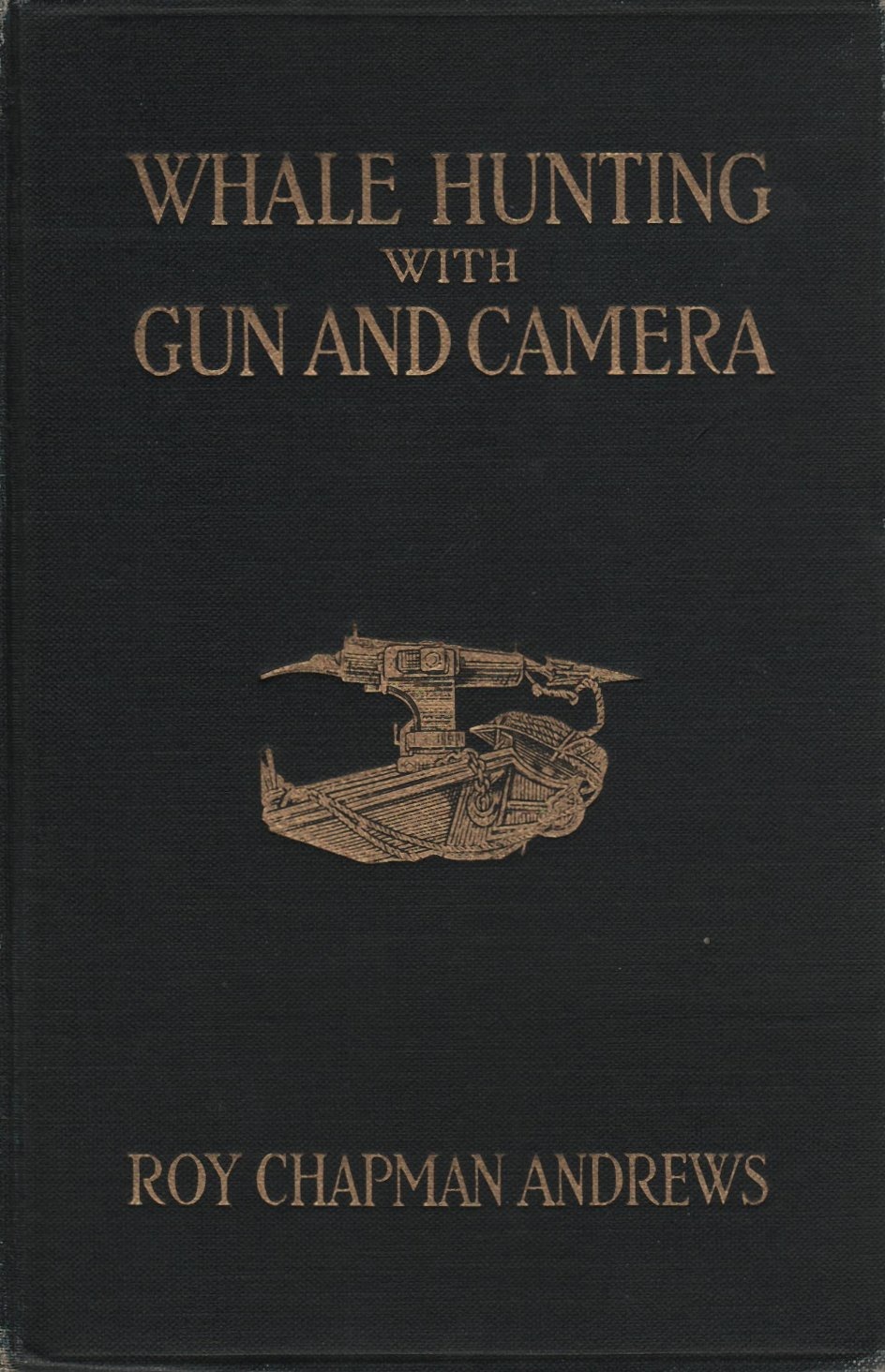
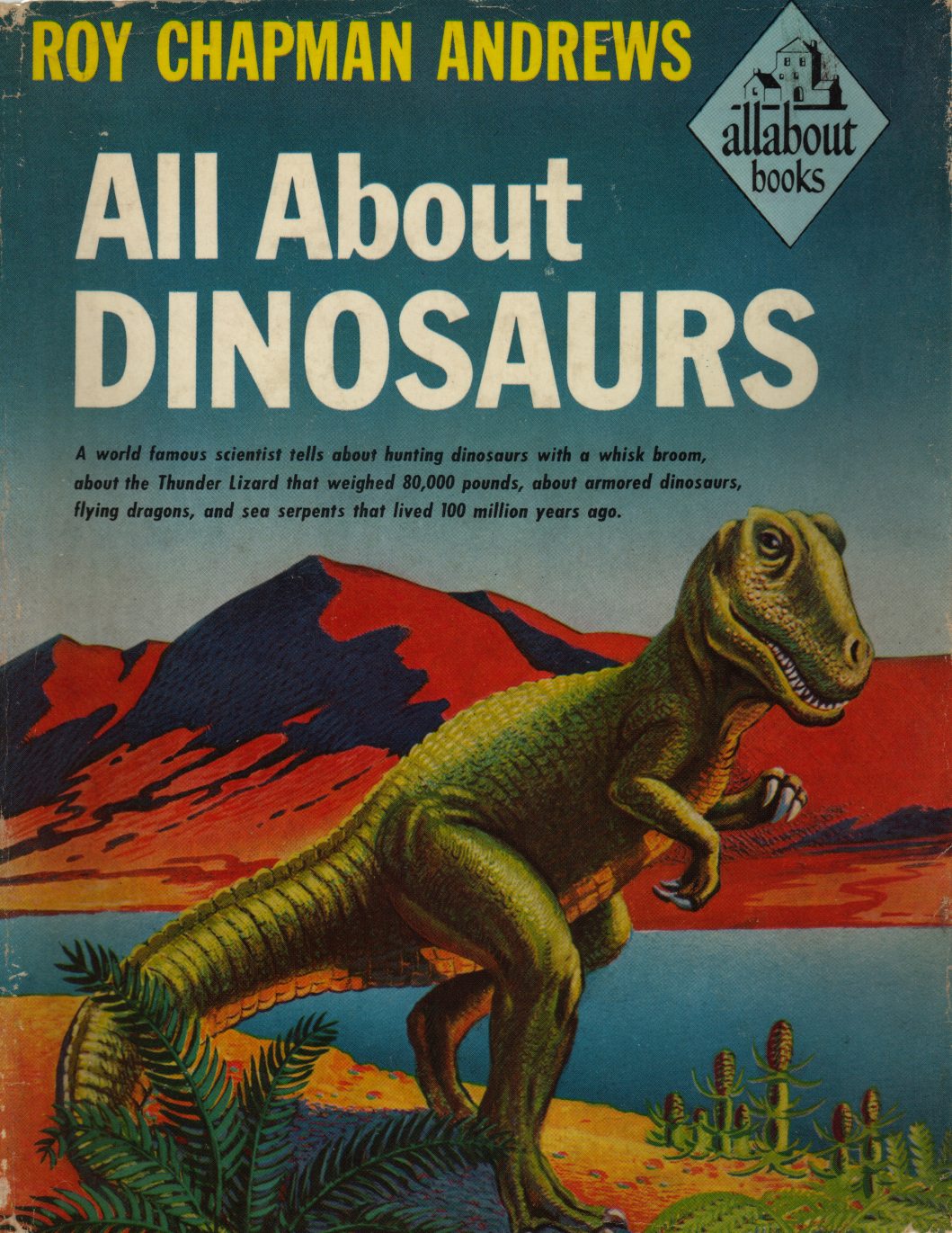
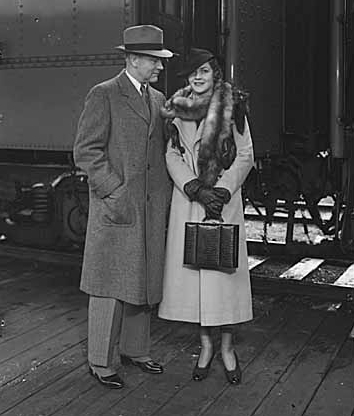
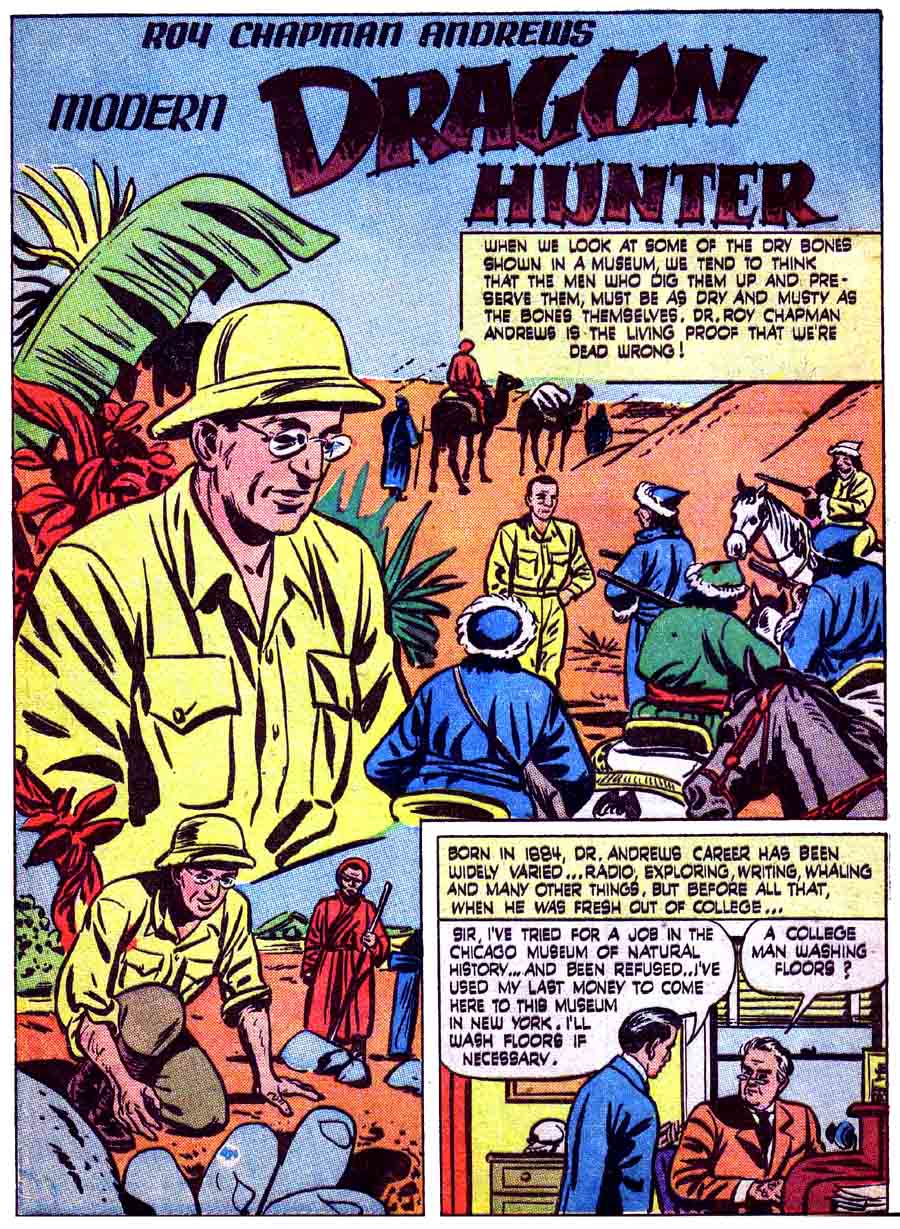
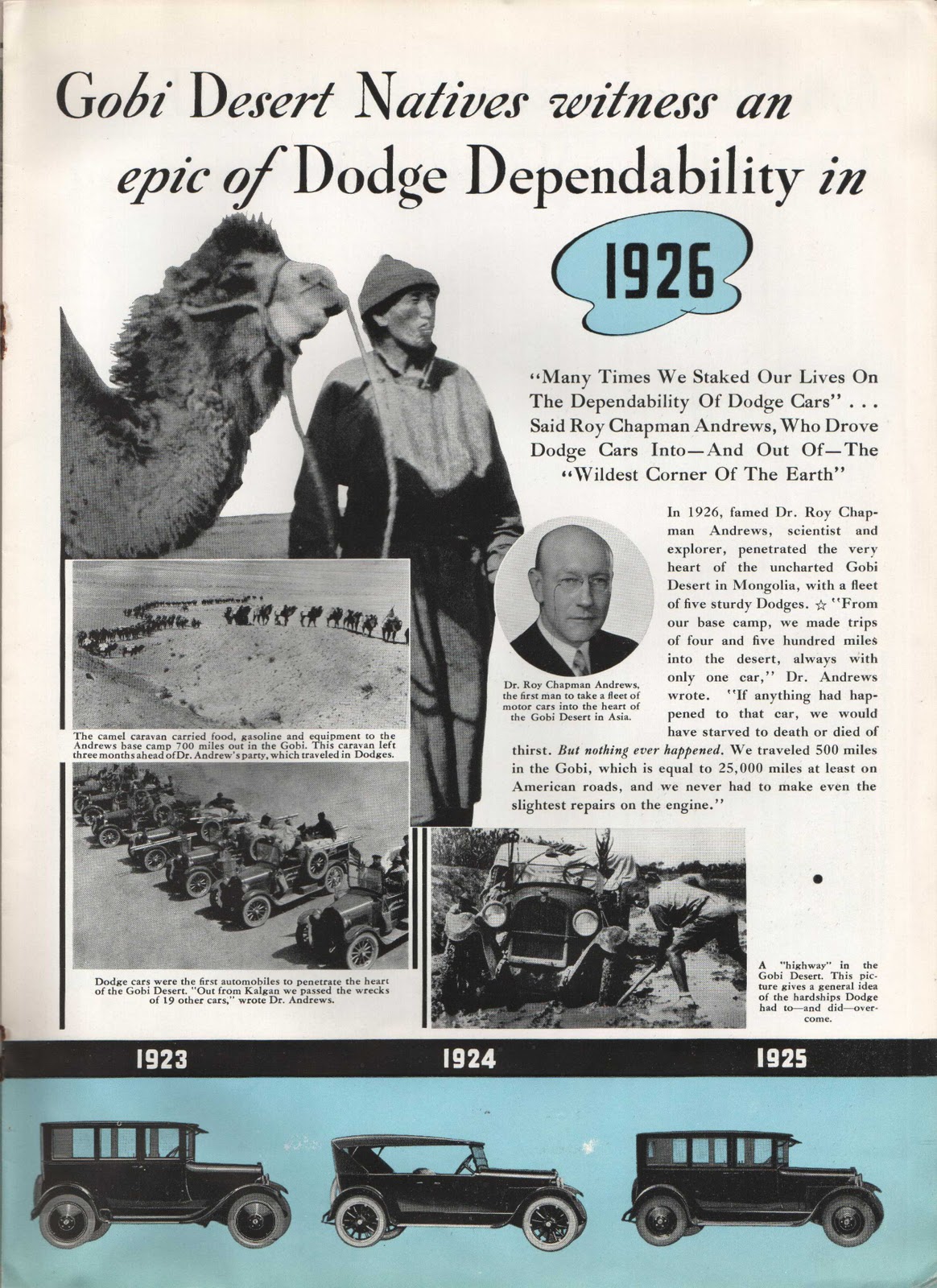
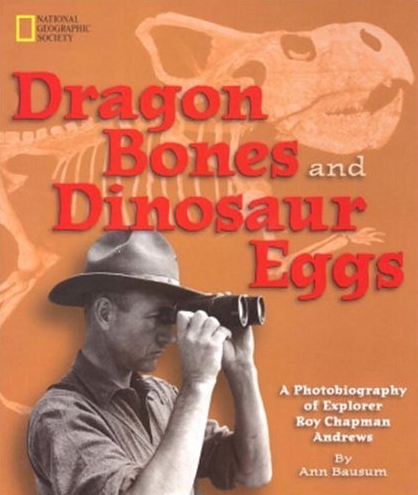
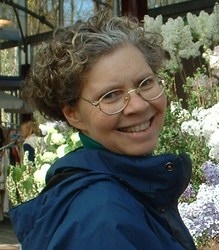
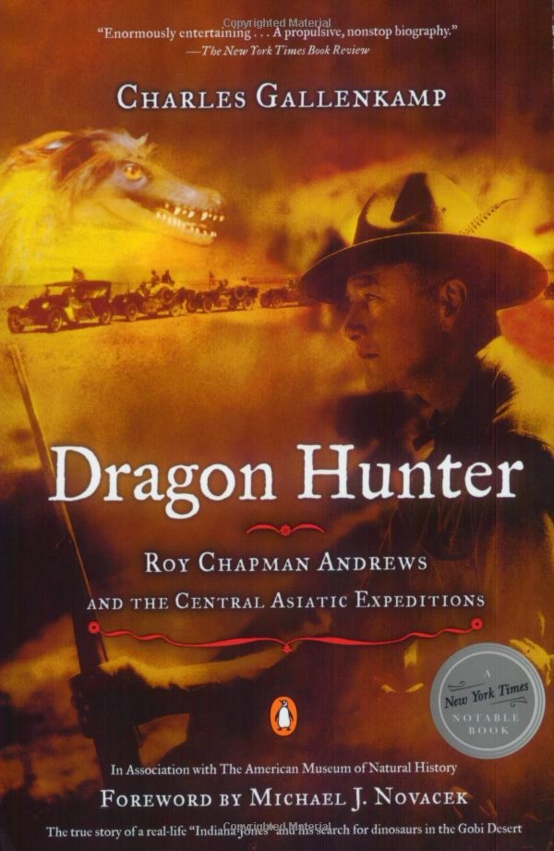
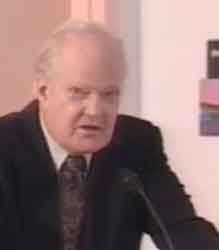
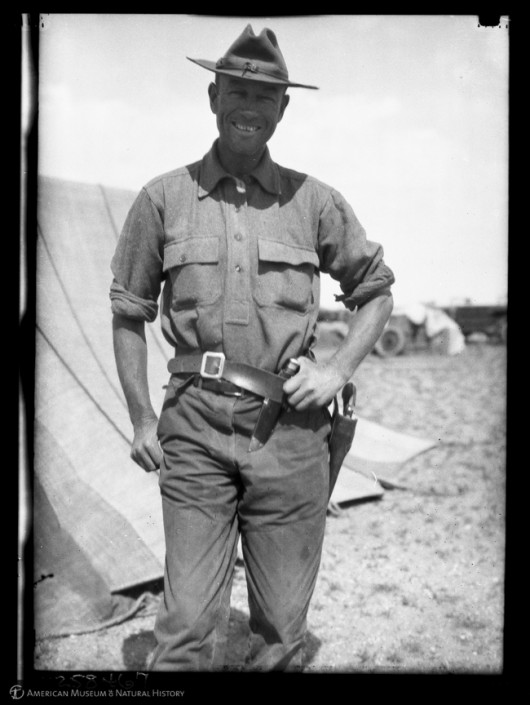
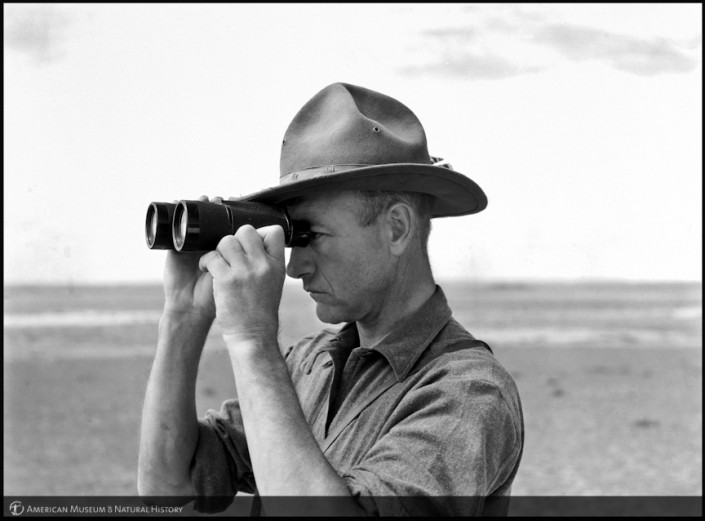

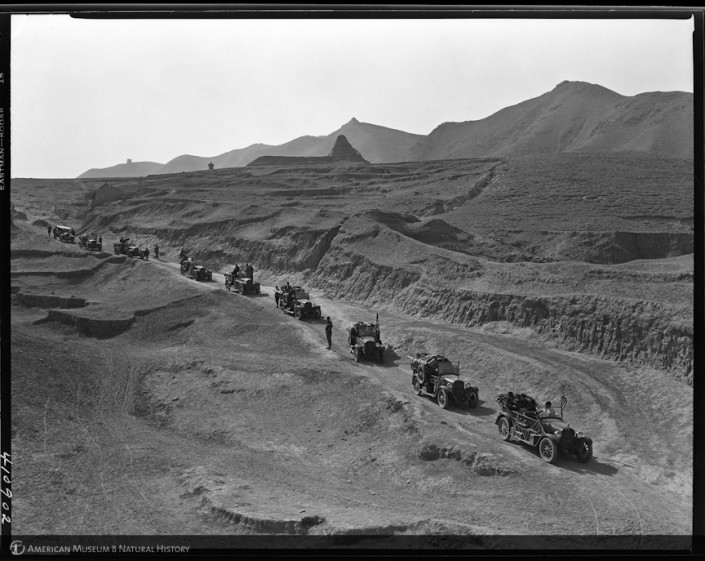
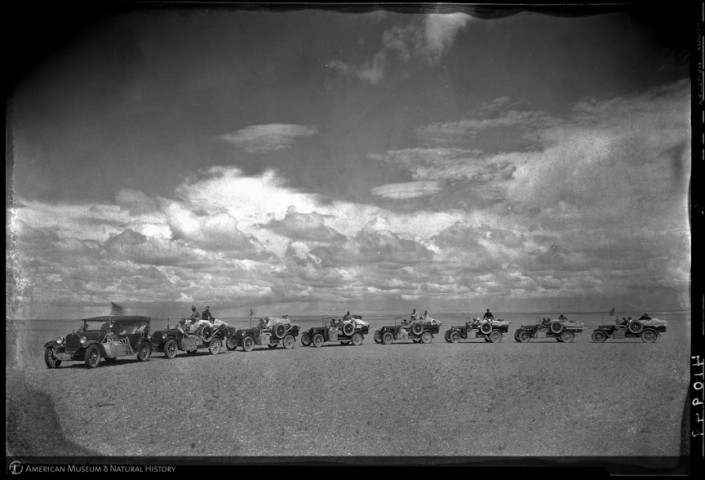
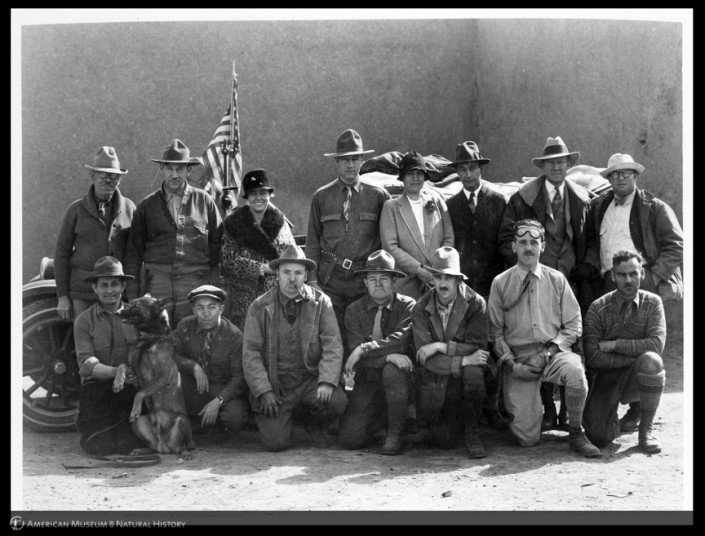
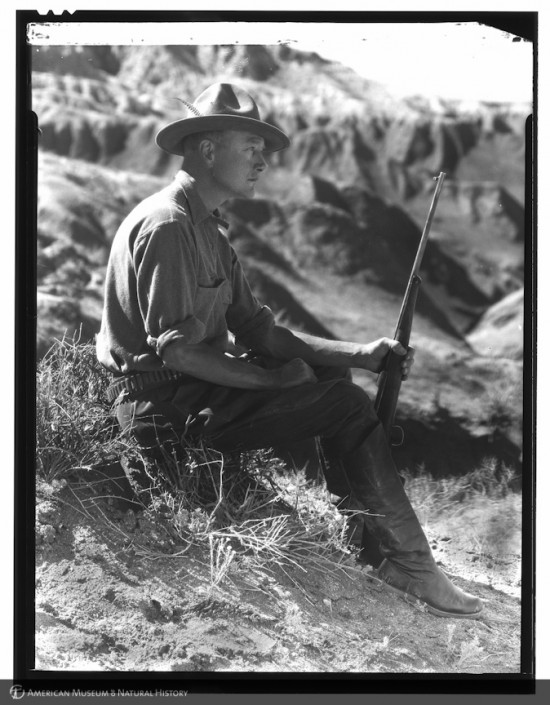
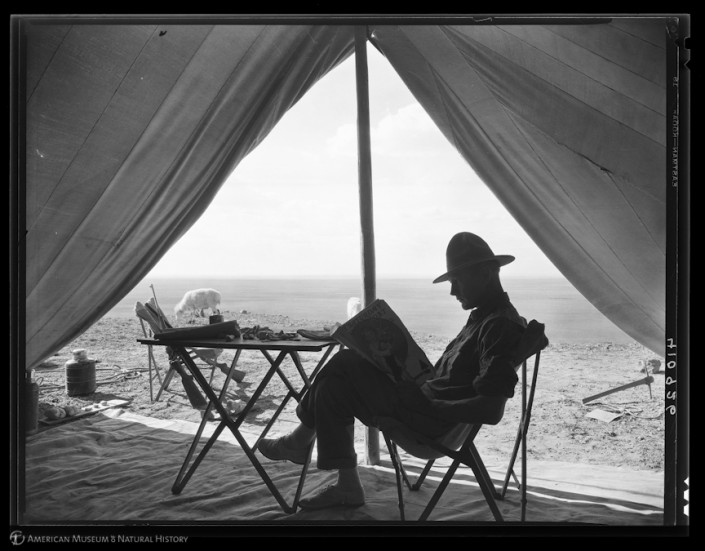
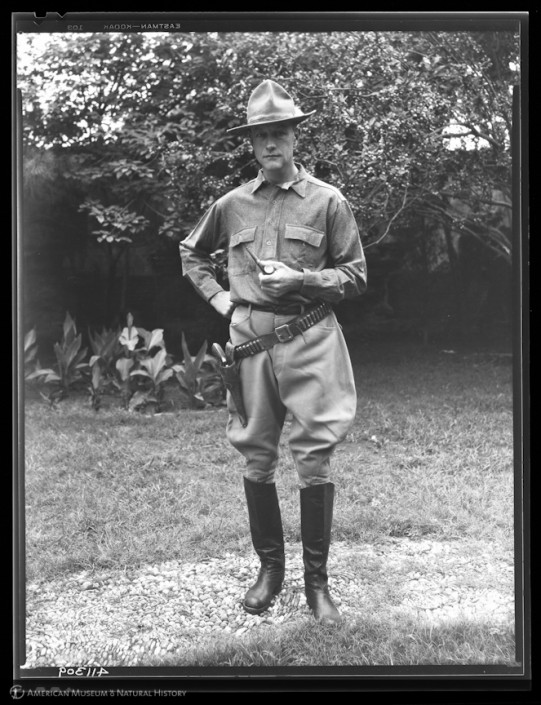
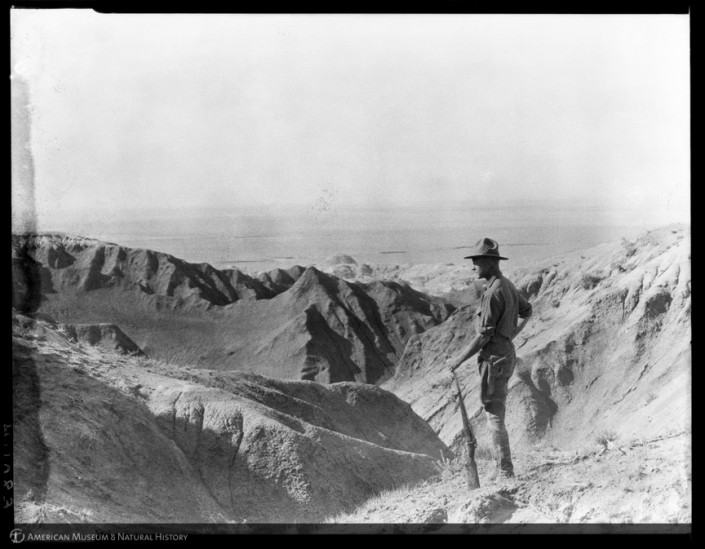
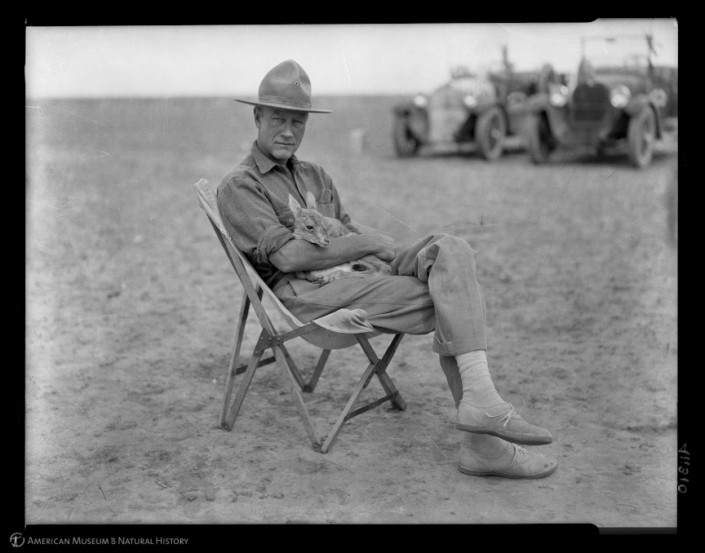
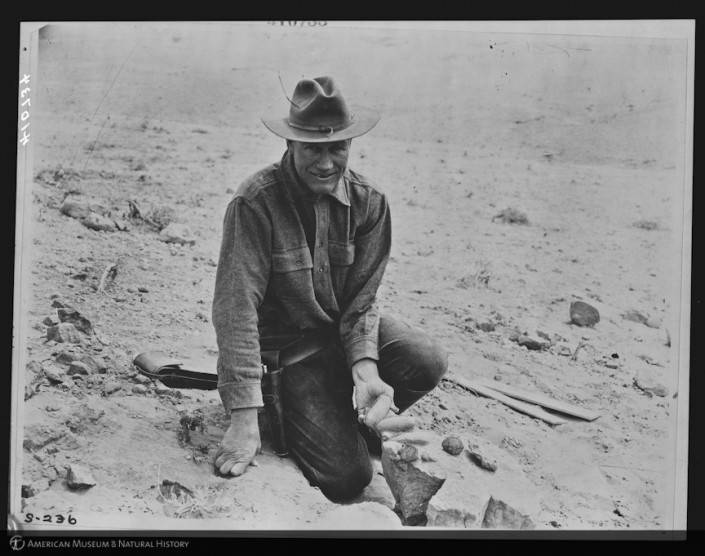
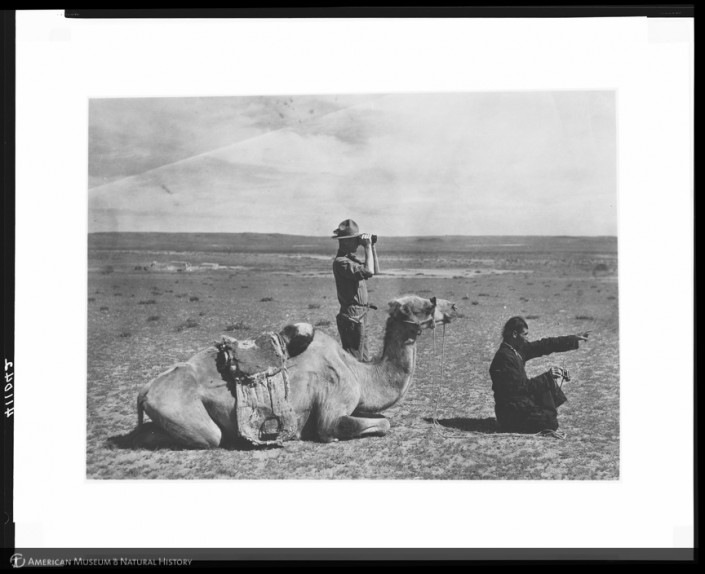
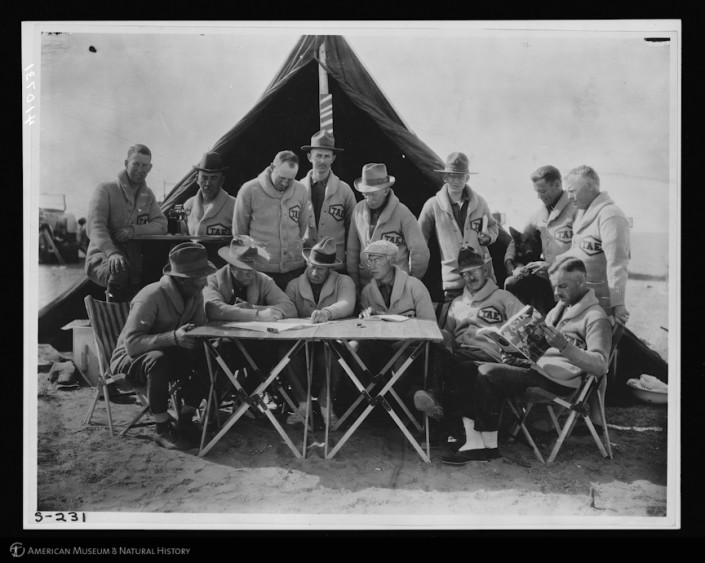
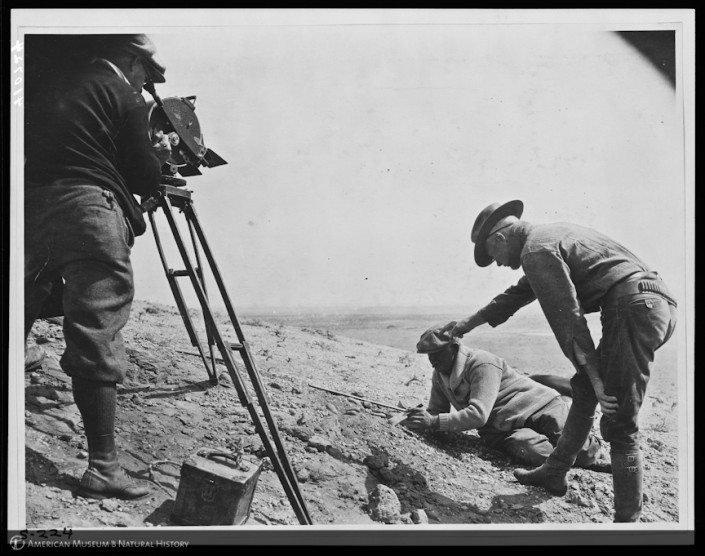
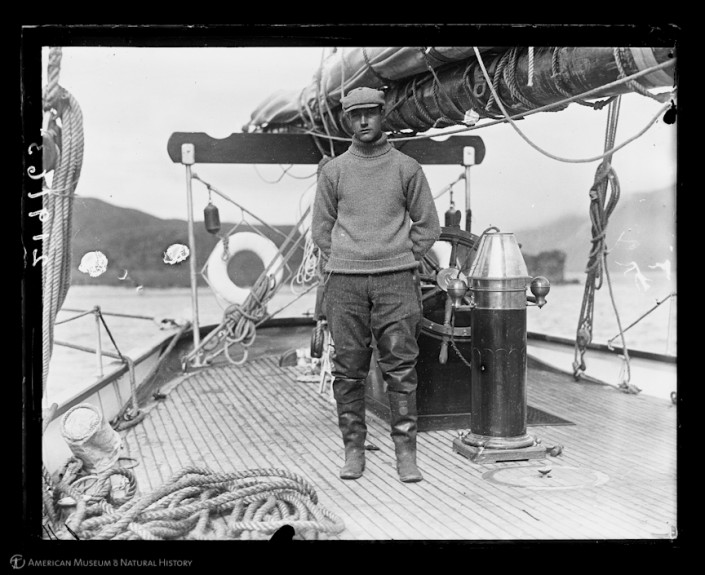
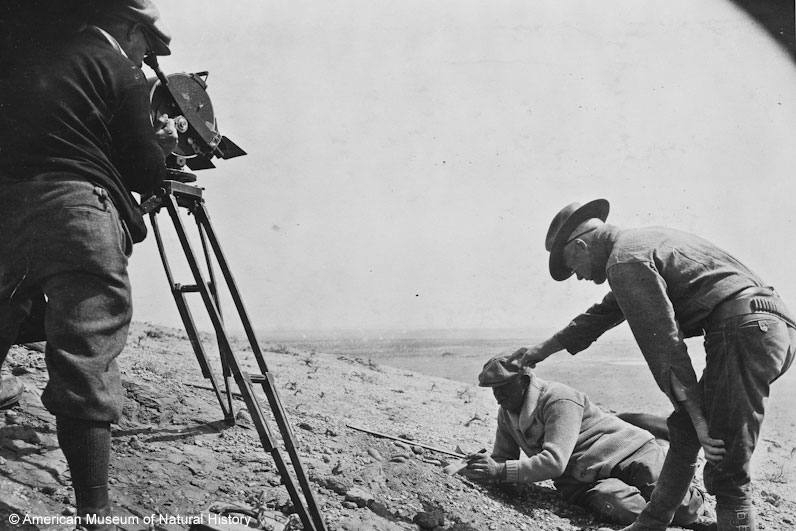 Thank you
Thank you